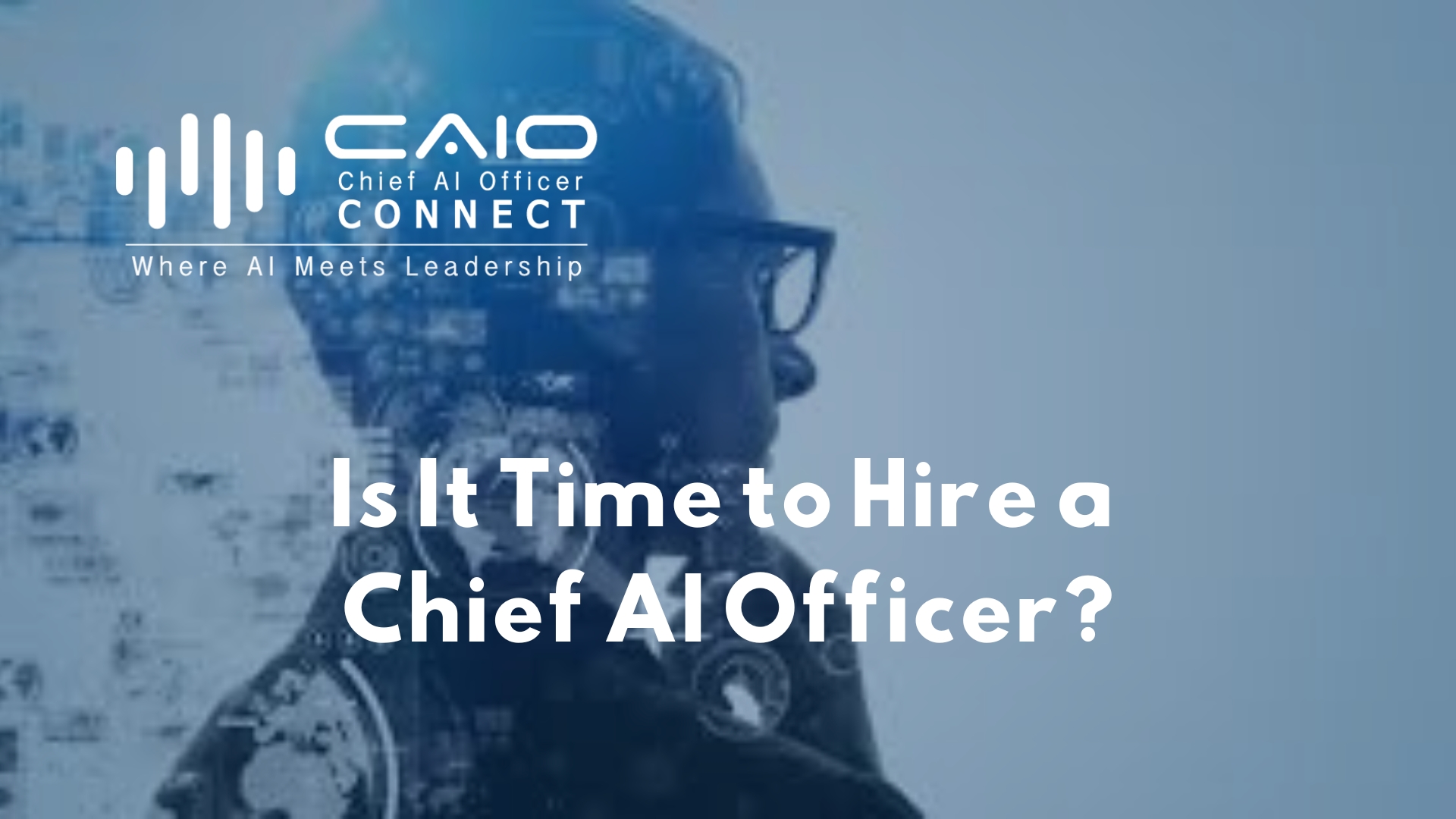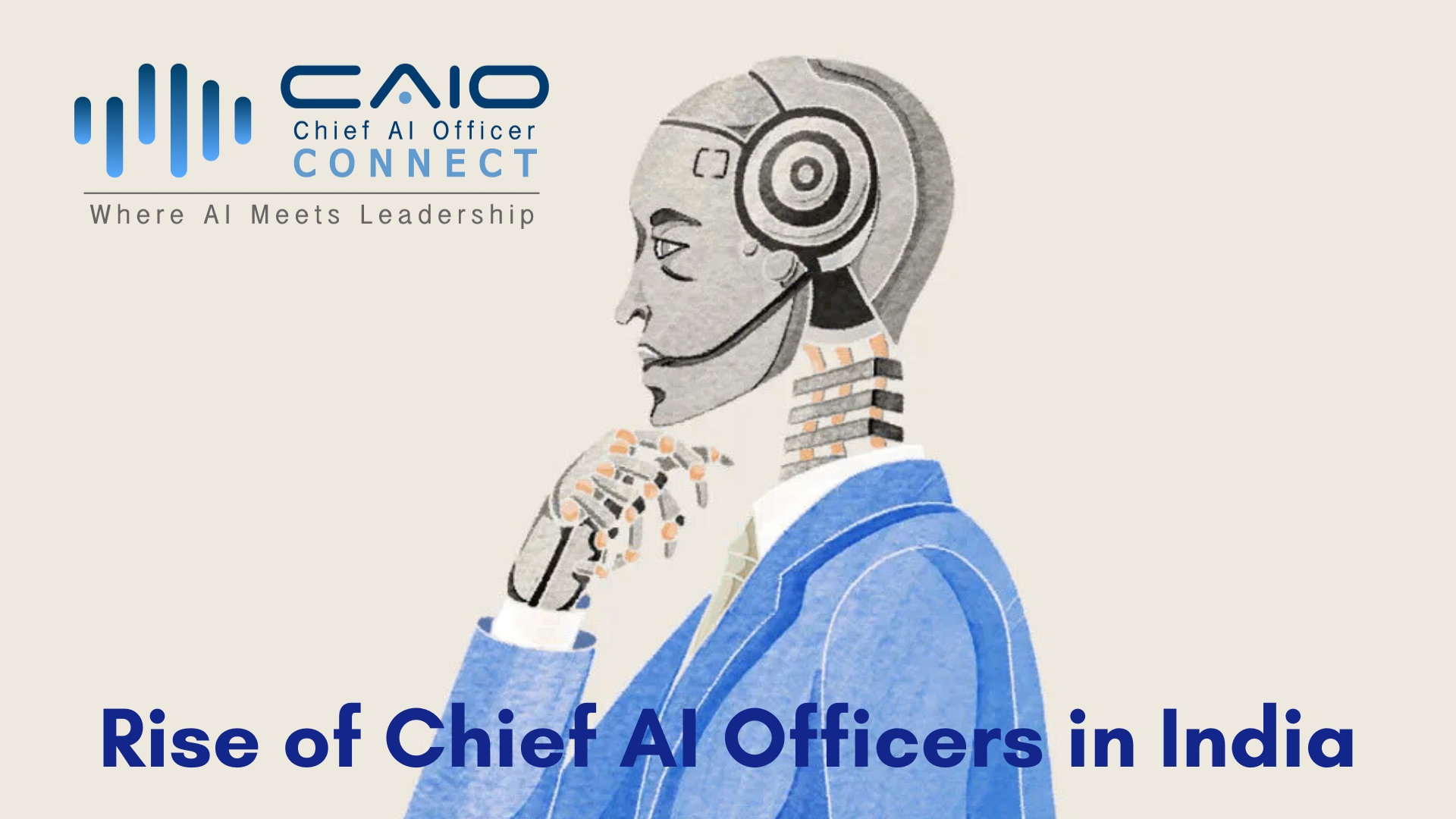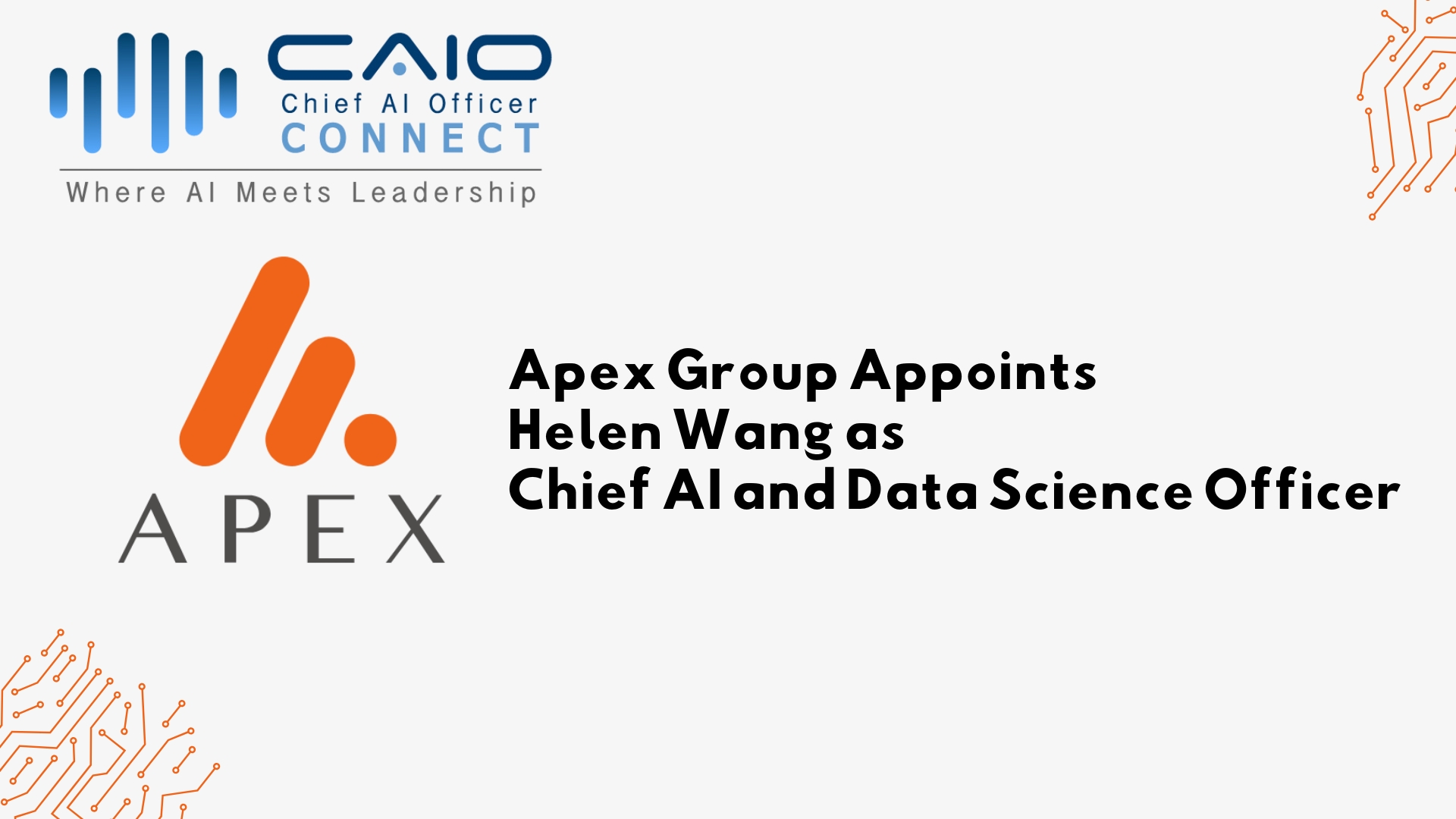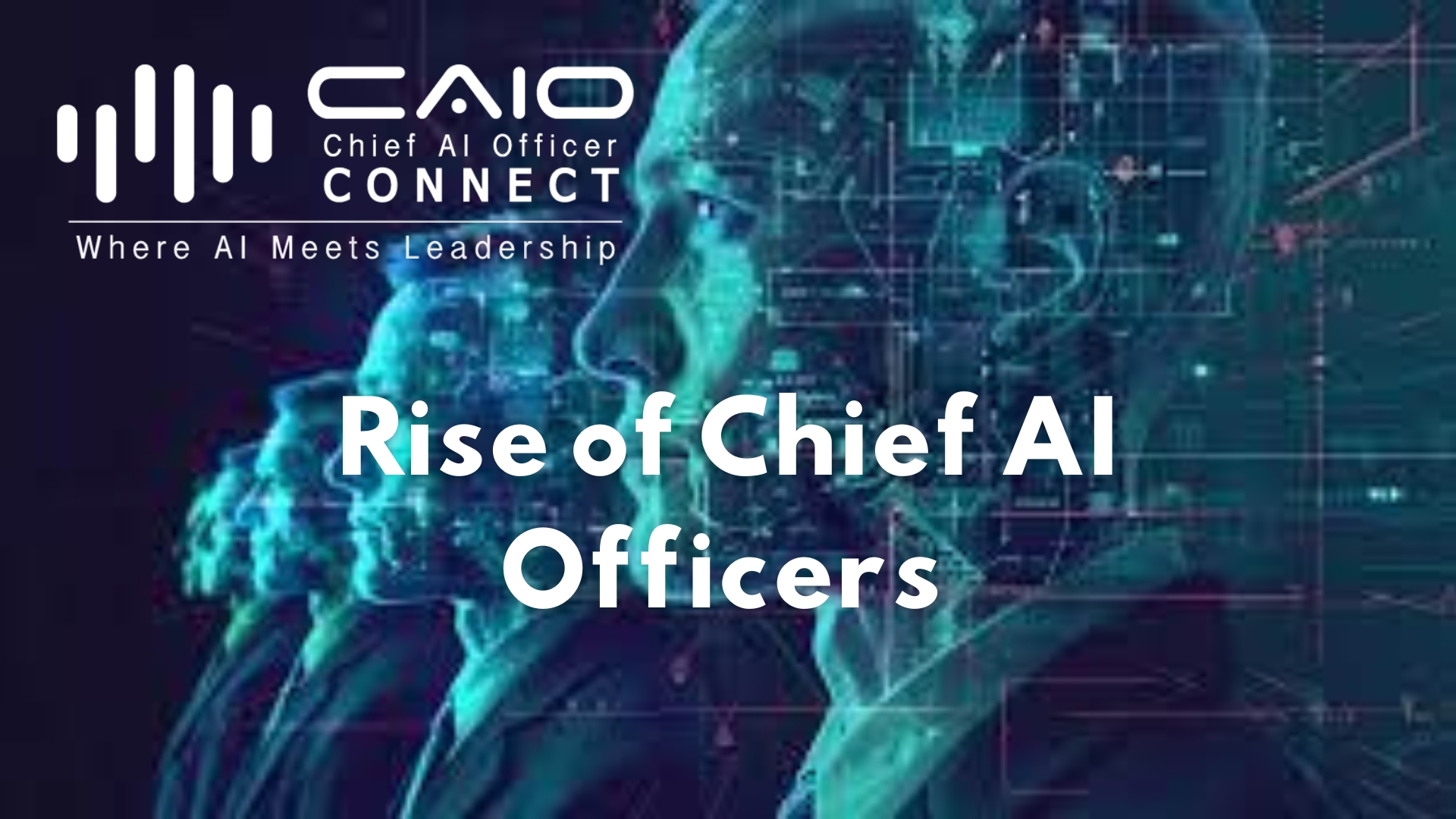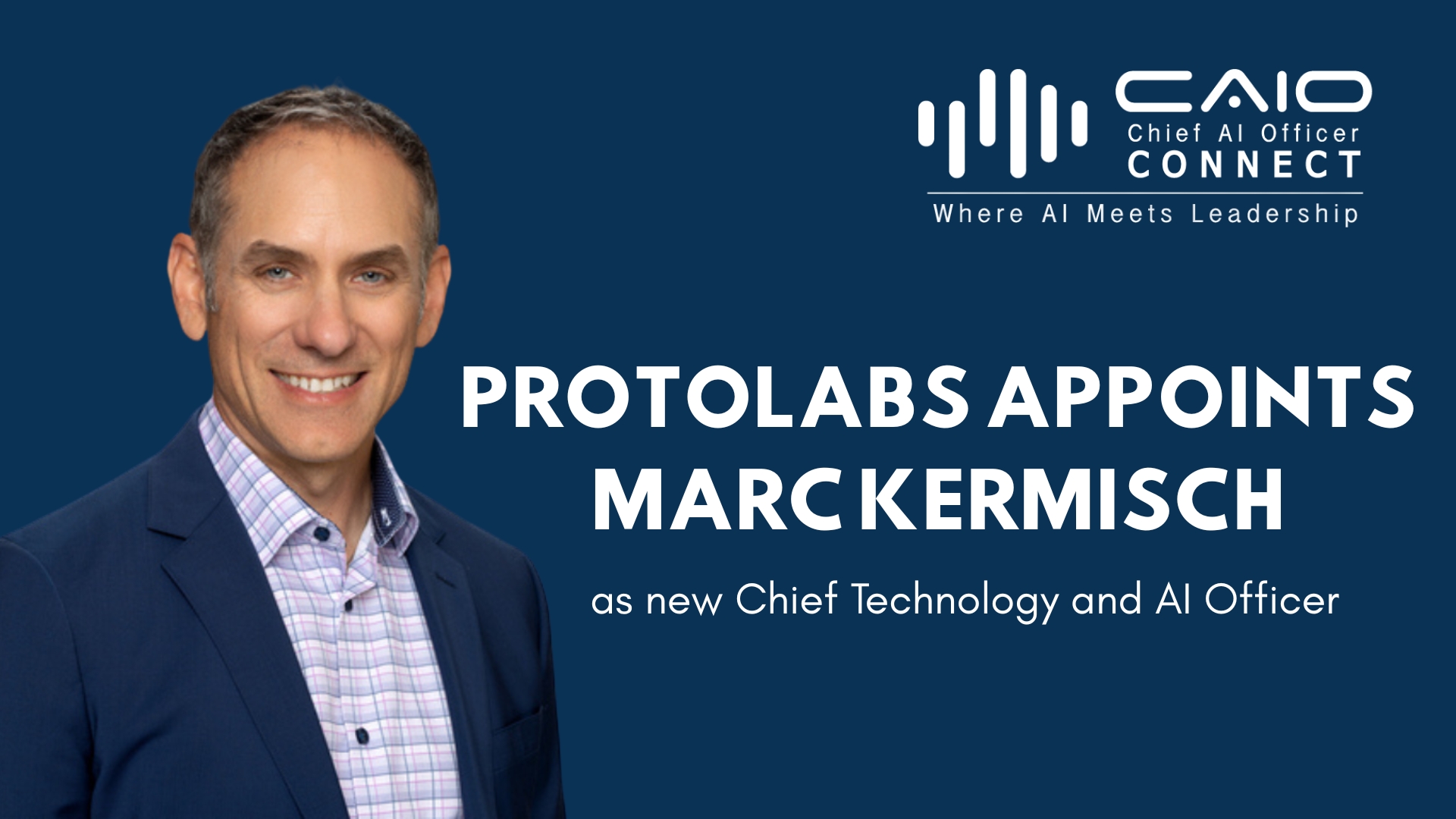Is It Time to Hire a Chief AI Officer? Here’s How to Decide
The rise of artificial intelligence has sparked a new question in boardrooms worldwide: Should we hire a Chief AI Officer? Since ChatGPT burst onto the scene three years ago, organizations have scrambled to integrate AI into their operations, and many are now considering whether dedicated C-suite leadership is necessary to guide their AI strategy.
Just as the internet era brought us Chief Technology Officers and the mobile revolution introduced Chief Digital Officers, AI is creating its own leadership position. But according to Birju Shah, former head of AI at Uber and clinical assistant professor at Kellogg School, not every business needs to create this role.
The Three-Pronged Threshold
Before committing to a Chief AI Officer position with median salaries exceeding $350,000 and potentially seven-figure signing bonuses, organizations should evaluate three critical factors.
Customer Scale Matters
The first consideration is customer base size. Companies serving fewer than one million customers typically find it more cost-effective to rely on human processes. Beyond that threshold, the complexity and volume create opportunities where AI can deliver meaningful operational improvements and efficiency gains.
Personalization Is Key
The second factor focuses on whether your business model requires personalized products and services. If you’re delivering the same product to every customer, AI may not be a fundamental investment. However, if personalization drives your competitive advantage, AI becomes essential infrastructure rather than optional technology.
Think of Netflix, which has mastered personalization through machine learning. By analyzing viewing patterns, director preferences, and user behavior, they’ve set the gold standard for personalized recommendations. With advancing AI capabilities, such companies can now move beyond recommendations to creating truly individualized content experiences.
Internal Capability Assessment
The third and often overlooked threshold is internal expertise. Organizations need professionals with mathematical, bioinformatics, or diagnostic backgrounds to implement AI effectively. Many companies miss this crucial requirement, investing in AI leadership without the foundational team to execute the strategy.
Structuring the CAIO Role
For companies that meet all three criteria, two primary implementation strategies emerge.
The platform approach positions the CAIO horizontally across the organization, serving internal executives as customers. This leader must understand workflows throughout the company, from research and development to sales operations. At Uber, this meant working with different divisions to apply AI insights from ride-hailing to food delivery and autonomous vehicles, creating scalable solutions across business units.
The partnership strategy takes a different approach. Here, an underperforming business line leader becomes the CAIO with a budget to partner with major AI providers like Microsoft, OpenAI, or Palantir. They develop playbooks for success that rotate to other business units every two years, building organizational AI capability systematically.
AI Strategy for Smaller Businesses
Companies below the CAIO threshold shouldn’t ignore AI entirely. Small and medium-sized businesses need targeted approaches rather than comprehensive strategies.
While larger companies leverage scale to negotiate favorable vendor terms, smaller businesses compete through execution excellence. The winning strategy involves partnering directly with customers to develop AI solutions collaboratively. This customer-centric approach allows smaller companies to extract specific personalization requirements and deliver highly specialized value.
One human resources firm demonstrated this principle by building an AI application for handling legal claims more efficiently. The specialized solution was eventually sold for ten times the company’s value, proving that focused AI implementation can generate outsized returns.
The Bottom Line
The decision to hire a Chief AI Officer requires honest assessment of your organization’s scale, business model, and internal capabilities. For companies meeting the threshold, selecting the right person with competitive intelligence, infrastructure knowledge, and deep AI expertise is crucial.
For everyone else, the path forward involves either upskilling current executives or pursuing targeted AI implementations that solve specific pain points. The AI revolution is real, but the organizational response must match your company’s unique circumstances and strategic priorities.
Success in AI isn’t about following trends but about making informed decisions that align technology investments with genuine business needs and capabilities.

